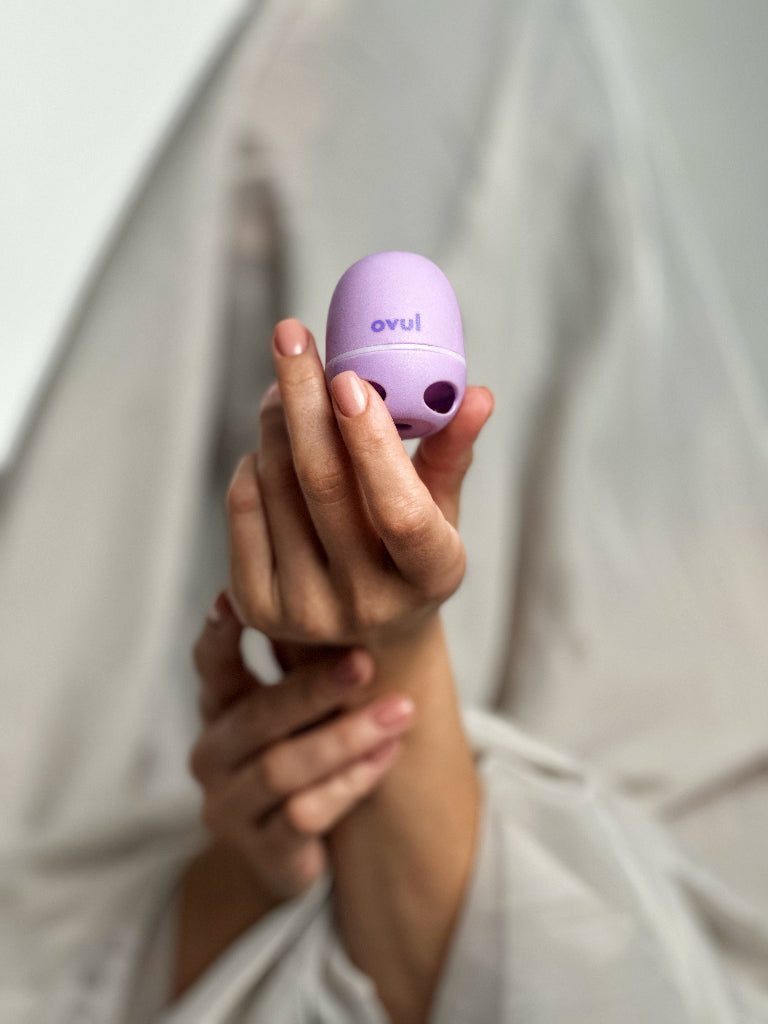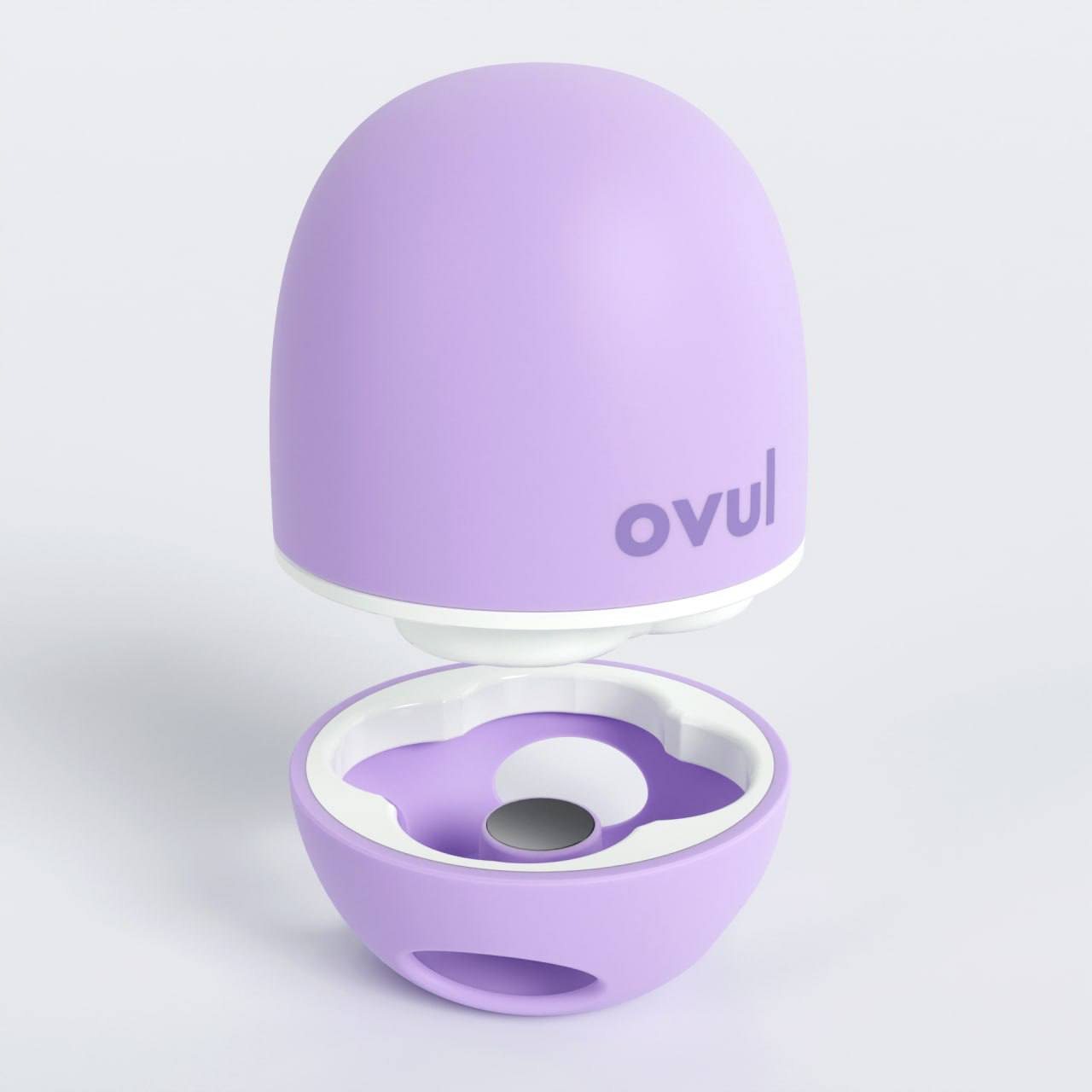Understanding Saliva Ferning for Women with PCOS

Elevated Hormones with PCOS
Women with Polycystic Ovary Syndrome PCOS often face challenges when trying to conceive because their hormone patterns fluctuate unpredictably. According to the Cleveland Clinic “PCOS is the most common cause of female infertility” and many individuals with the condition do not ovulate regularly. This irregularity makes it hard to pinpoint fertile windows using standard fertility tracker tools like BBT charts or ovulation test strips as they often deliver false positives.
Why Traditional Ovulation Tests Can Fall Short
Most urine based ovulation tests detect sudden spikes in Luteinizing Hormone (LH) and Follicle-Stimulating Hormone (FSH) . In a healthy cycle that LH surge triggers ovulation. But in PCOS those hormone surges are often blunted or erratic which yields unclear results for anyone TTC or getting pregnant. Even tracking basal body temperature (BBT) can leave you guessing if your cycle is irregular.
Estrogen Patterns in Healthy Cycles Versus PCOS
In a typical cycle estrogen gradually climbs leading up to ovulation then dips before a secondary rise in the luteal phase. This produces a clear ferning crescendo followed by a quick decline. Women experiencing perimenopause or menopause will see different curves altogether as overall hormone levels change.
By contrast women with PCOS often have chronically elevated or irregular estrogen so their ferning may look constant or jump erratically without a true ovulation peak. Even so subtle shifts in pattern density and clarity still correspond to ovulation symptoms and hormonal events.
How AI Powered Analysis Makes a Difference
Products like Ovul leverage artificial intelligence trained on thousands of saliva samples validated by ultrasound. By establishing a personalized estrogen baseline the AI can detect even faint deviations that signal an actual egg release. That means someone who’s TTC with PCOS can get more confident predictions than from Mira or Inito alone. Combining a saliva ovulation test with a smart fertility tracker like Ovul can shorten the Getting pregnant journey.
Practical Tips for Women with PCOS
-
Use Multiple Signals
Rely on saliva ferning alongside menstrual tracking apps, basal body temperature records BBT and occasional urine ovulation tests. -
Monitor Trends, Not Single Days
Chart your saliva patterns daily to spot gradual ferning shifts rather than waiting for a textbook crystal leaf moment. -
Track HCG Levels When TTC
Once you have a positive ovulation deflection consider a blood test for HCG levels to confirm conception. -
Stay Consistent
Test your saliva at the same time each morning before eating, brushing or drinking to reduce variability. -
Consult Your Provider
If you suspect perimenopause or need help managing hormones, an FSH hormone panel can clarify if you are transitioning toward menopause.
Beyond Fertility Tracking
Even if pregnancy is not the immediate goal a saliva based approach can shed light on your overall hormonal health. By watching for shifts in estrogen trends you can gain insight into PCOS management, optimize your nutrition around your cycle and improve your wellness during perimenopause or menopause.
Key Takeaways
• PCOS disrupts the predictable estrogen curves that traditional ovulation tests rely on.
• Saliva ferning reveals estrogen trends but does not guarantee ovulation on its own.
• AI driven platforms trained on ferning images can detect subtle changes and improve the accuracy of a fertility tracker.
• Combining saliva data with BBT logging and occasional ovulation tests gives a fuller picture when TTC.
• Tracking estrogen qualitatively empowers women with PCOS to better manage their hormonal health and increase their chances to conceive.
By embracing saliva ferning as part of your fertility toolkit you gain a richer understanding of your cycle whether you are TTC or simply maintaining your overall wellbeing.
Get One Year Unlimited Testing Today!


